Asia's Giants Thaw: India and China Rebuild High-Level Ties
The foreign ministers of India and China recently convened in New Delhi, marking a renewed diplomatic effort by the nuclear-armed Asian rivals to de-escalate tensions that have significantly strained relations following a five-year border standoff. This engagement comes after a difficult period, specifically the deadly clash in 2020 along the disputed Himalayan border, which resulted in the deaths of 20 Indian and four Chinese soldiers. That incident, the worst in decades, led to a freezing of high-level political engagements, with both nations subsequently deploying tens of thousands of security forces in the contested border areas.
During the recent talks, India’s foreign minister, Subrahmanyam Jaishankar, welcomed China’s foreign minister, Wang Yi, stressing the need for de-escalation to foster positive momentum in bilateral ties. Jaishankar articulated that after a challenging phase in their relationship, both nations are now seeking to move forward, which necessitates a "candid and constructive approach" from both sides. Wang Yi acknowledged that peace and tranquility have been restored along the borders and confirmed that China has permitted Indian pilgrims to visit significant sites in the Tibet autonomous region.
Wang Yi was also scheduled to meet with Indian Prime Minister Narendra Modi and hold discussions with Indian National Security Adviser Ajit Doval, with reducing the number of troops along the border expected to be a key agenda item. Both countries have already made some progress, having agreed to a pact on border patrols and withdrawing additional forces from certain border areas last year. Furthermore, discussions are underway to restart trade through three specific points along their extensive 3,488-kilometer (2,167-mile) border, and efforts are being made to restore direct flights between the two nations.
Signs of a broader thaw in relations have been emerging, building on the first in-person meeting between Prime Minister Modi and Chinese President Xi Jinping at a summit of emerging economies in Russia last October. Modi is anticipated to visit China later this month to attend the Shanghai Cooperation Organization summit, marking his first trip to China in seven years. Earlier this year, President Xi called for India and China’s relations to emulate a “dragon-elephant tango,” symbolizing a harmonious interaction between the emblematic animals of the two countries. India's external affairs minister also visited Beijing in his first trip since 2020, signaling further diplomatic re-engagement.
Despite these overtures, experts caution that the normalization remains at an uneasy level. Manoj Joshi, a fellow at the Observer Research Foundation, indicated that settling the boundary issue necessitates "political compromise at the highest political level" and suggested that the countries are still "talking past each other when it comes to the border dispute and issues surrounding it."
Coinciding with Wang’s visit, New Delhi is navigating increasing friction with Washington. U.S. President Donald Trump has imposed a 50% tariff on Indian goods, which includes a 25% penalty for purchasing Russian crude oil, with these tariffs set to take effect on August 27. India has shown no signs of capitulating, instead deepening economic cooperation by signing more agreements with Russia.
Additionally, Trump’s renewed engagement with Pakistan, India’s arch-rival, has contributed to New Delhi’s diplomatic shift towards China. Recent events include Trump hosting Pakistan’s army chief for a White House lunch and announcing an energy deal to jointly develop Pakistan’s oil reserves. These actions followed Trump’s claims of brokering a ceasefire between India and Pakistan after a military clash in May, during which Pakistan reportedly used Chinese-made military jets and missiles against India. Lt. Gen. D.S. Hooda commented on this dynamic, stating that while China is heavily invested in Pakistan, India cannot manage "two hostile neighbors on your borders and simultaneously deal with them also," highlighting the complex regional geopolitical landscape.
Ultimately, while both nations continue to fortify their borders by building roads and rail networks, the recent high-level engagements underscore a shared desire to move past the strained period. As China's Foreign Ministry spokesperson Mao Ning stated, Beijing is willing to use Wang’s India visit as an opportunity to “properly handle differences and promote the sustained, sound and stable development of China-India relations,” aiming to jointly safeguard peace and tranquility in the border areas.
You may also like...
Sleep Deprivation: Africa’s Most Overlooked Health Epidemic

Sleep deprivation is quietly sweeping across Africa, undermining health, productivity and well-being. Different lifesty...
The Next Big Discovery Might Be Growing in Someone’s Backyard
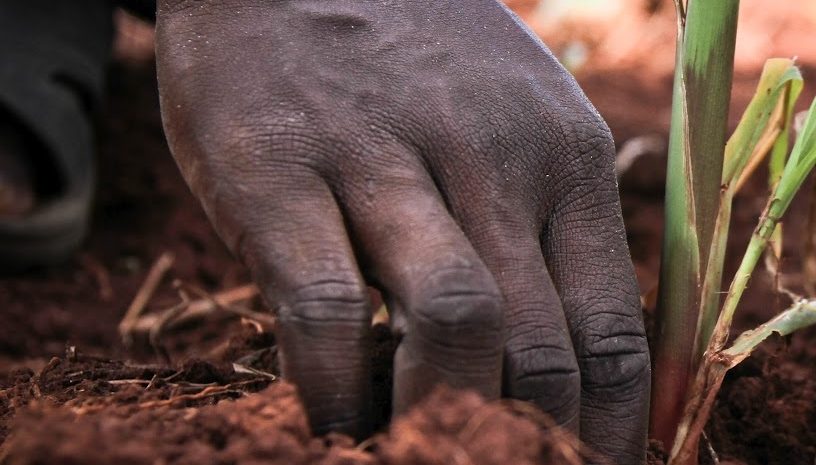
Hidden in gardens, local farms, and village backyards across Africa and beyond, the next major scientific breakthroughs ...
The Grand Egyptian Museum: Re-Engineered History of Africa.
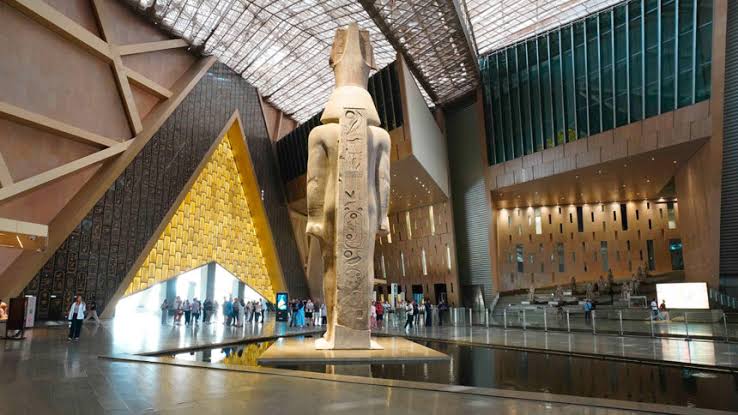
2002 was the genesis of a dream. Egypt opens its Grand Museum in 4days.
NanoFilter: The Tanzanian Invention Turning Dirty Water into Life

Read on how Dr. Askwar Hilonga’s NanoFilter, a Tanzanian nanotech invention, is transforming access to safe drinking w...
The Myth of the Strong African Mother

Parenting burnout is becoming an unspoken crisis among African mothers. The pressures of motherhood, cultural expectatio...
The African Dream vs. the American Dream: What Success Means to a New Generation
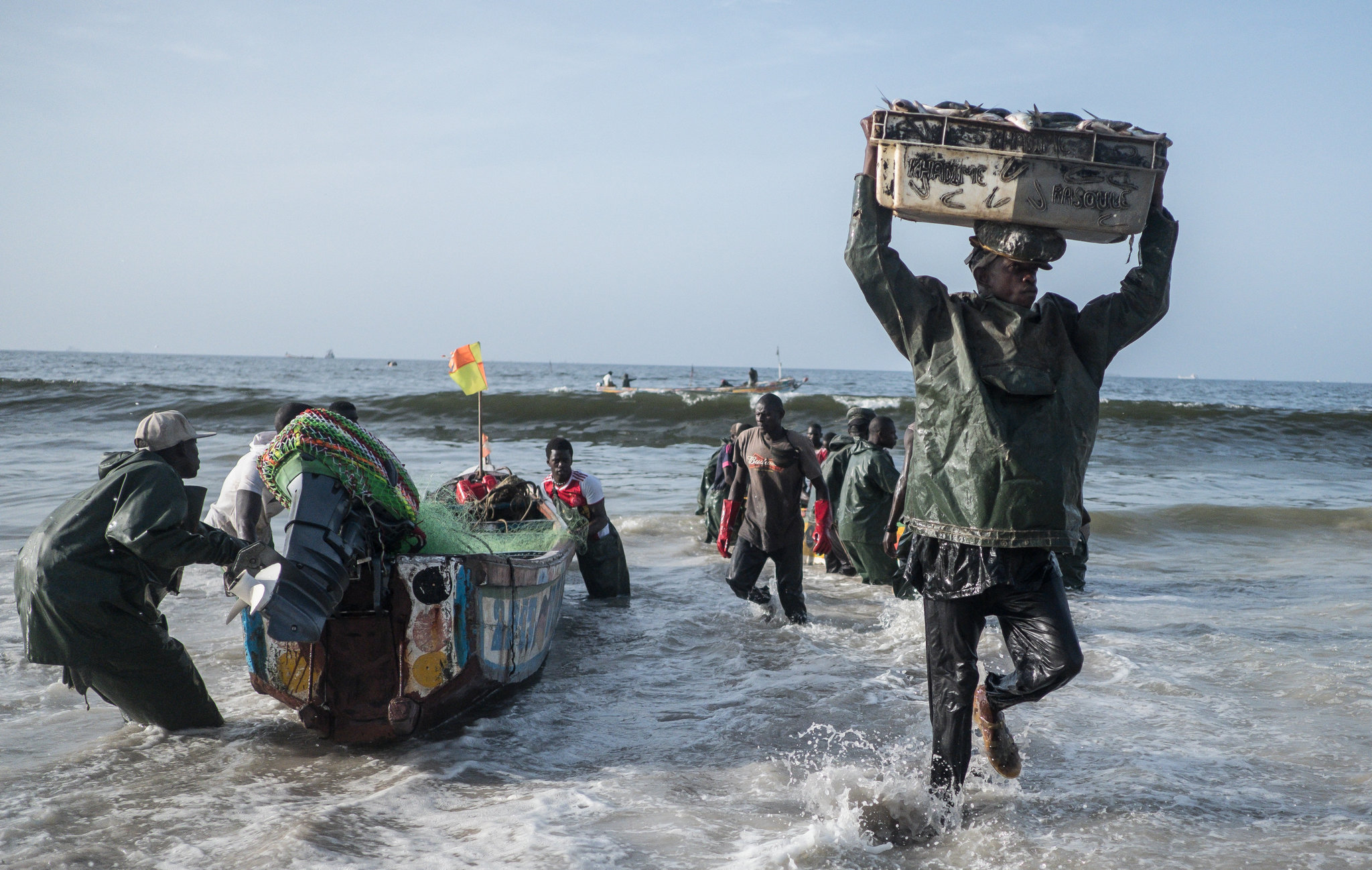
A new generation of Africans is redefining success, turning away from the “American Dream” toward something more local, ...
The National Assembly Approves the Creation of Six new States
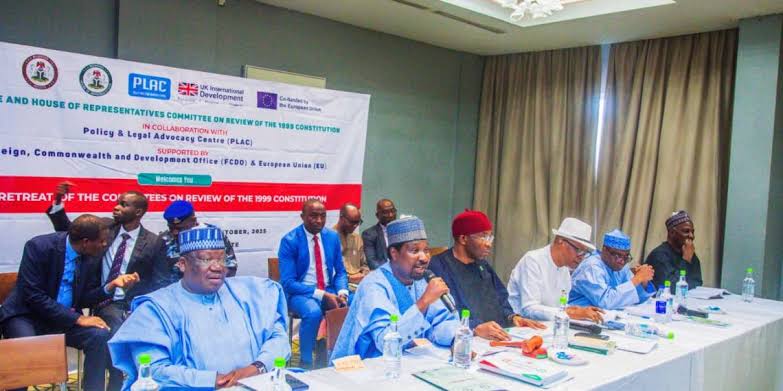
The National Assembly for the first time since the fourth republic started has approved the creation of six new states. ...
When the Desert Eats the City: Urban Expansion and Desertification in the Sahel
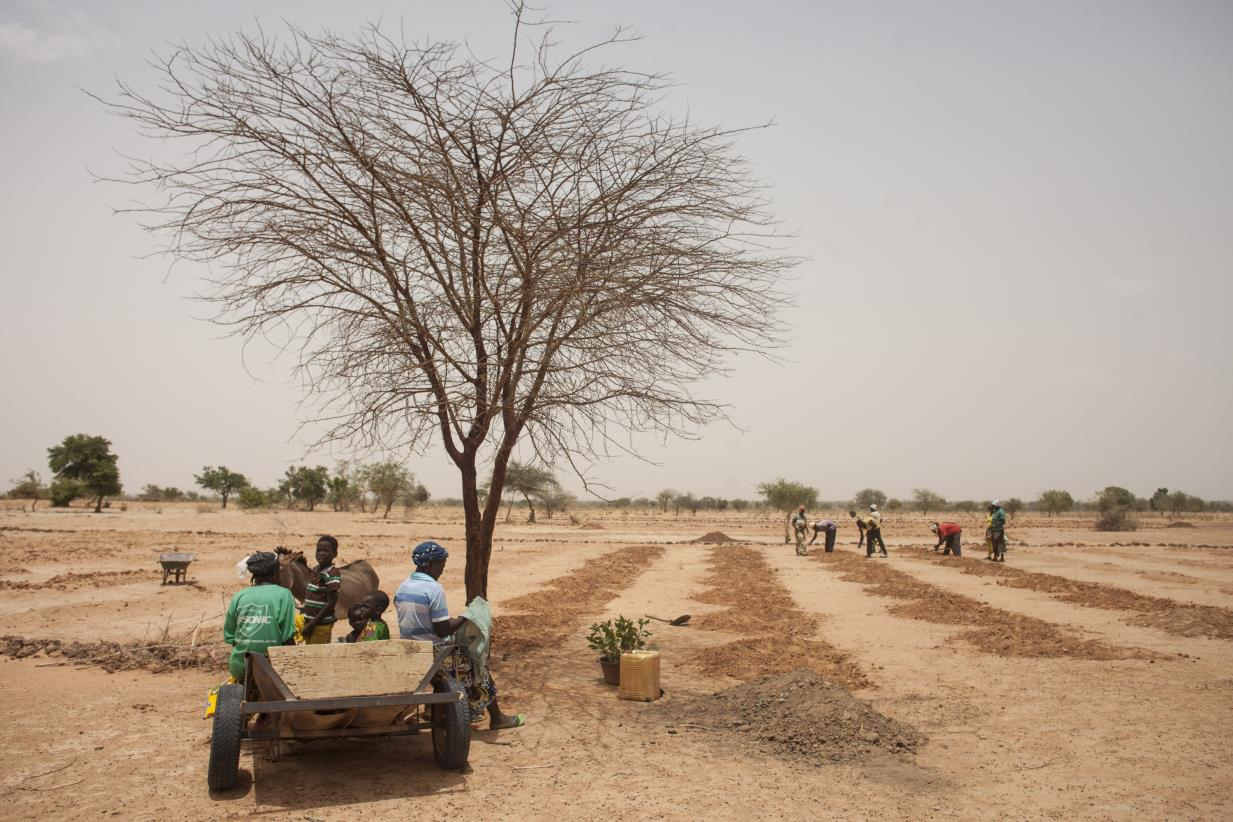
In the Sahel, cities are expanding even as the desert creeps closer. From Niamey to Nouakchott, Africa’s drylands are sw...
